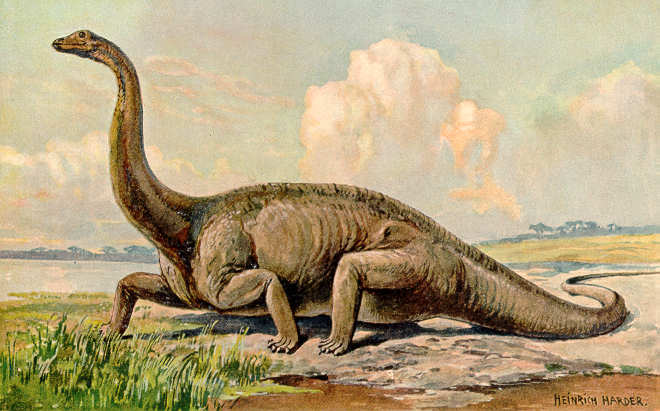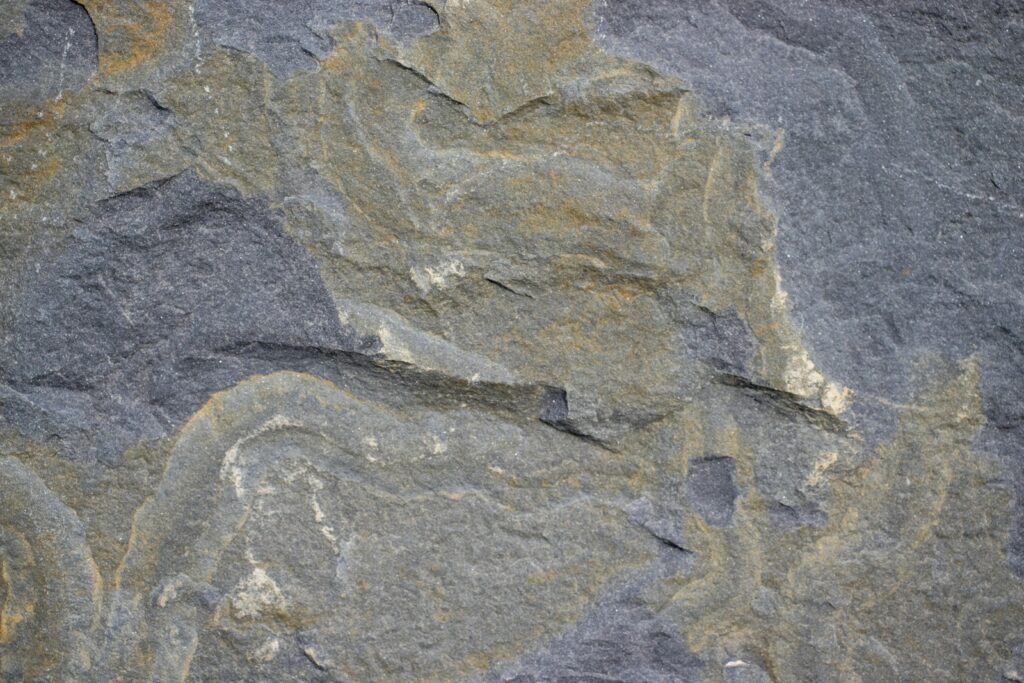Dinosaurs have captivated our imagination for centuries, but perhaps nothing is more awe-inspiring than their sheer size. The largest dinosaurs dwarfed modern elephants by factors of ten or more, reaching dimensions that seem almost impossible by today’s standards. Paleontologists have long been fascinated by the evolutionary drivers behind this gigantism – what selective pressures and environmental conditions allowed, or perhaps encouraged, dinosaurs to reach such extraordinary proportions? This article explores the scientific understanding of dinosaur gigantism, examining the biological mechanisms, environmental factors, and evolutionary advantages that contributed to the development of the largest land animals that have ever existed on our planet.
The Scale of Dinosaur Gigantism

When we discuss dinosaur gigantism, we’re addressing a phenomenon that produced land animals of truly staggering proportions. Sauropods like Argentinosaurus and Patagotitan may have reached lengths of over 30-40 meters (100-130 feet) and weights potentially exceeding 70 metric tons. These measurements place them among the largest land animals to have ever existed, dwarfing today’s largest terrestrial mammal, the African elephant, which typically weighs around 6 tons. The disparity becomes even more remarkable when considering that modern biological constraints seem to limit land mammals to much smaller sizes than what dinosaurs achieved. Even the largest prehistoric mammals, such as Paraceratherium, while impressive at approximately 15-20 tons, didn’t approach the upper size limits reached by the largest dinosaurs. This extreme size differential represents one of paleontology’s most intriguing evolutionary puzzles.
Biological Prerequisites for Gigantism
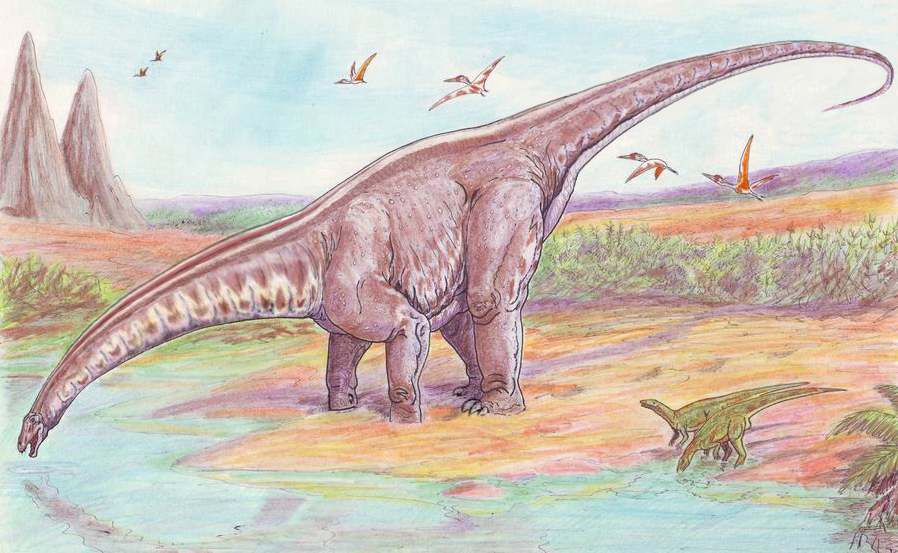
Several biological adaptations were necessary prerequisites for dinosaurs to achieve enormous sizes. Perhaps most fundamental was their efficient respiratory system, which likely included air sacs similar to those found in modern birds (their descendants). This avian-style respiratory system provided more efficient oxygen extraction than the lungs of mammals, allowing dinosaurs to meet the oxygen demands of their massive bodies. Their unique bone structure also played a crucial role, featuring pneumatic (air-filled) bones that reduced weight while maintaining structural integrity. Additionally, dinosaurs possessed specialized skeletons with features like reinforced vertebrae, modified limb postures, and weight-supporting adaptations in their pelvic girdles. These biological innovations collectively provided the structural foundation that made gigantism physiologically possible, creating a biological platform that could support body masses far beyond what mammals could achieve.
Reproductive Advantages of Size
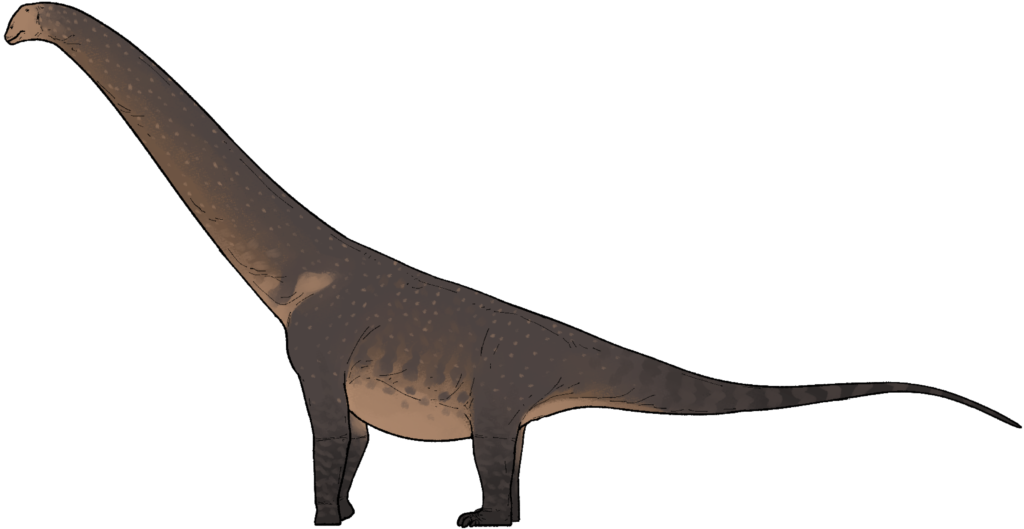
The evolution of gigantism likely conferred significant reproductive advantages to dinosaurs. Larger female dinosaurs could produce more eggs or larger clutches, potentially increasing their reproductive output compared to smaller species. This reproductive benefit would have created strong selective pressure favoring increased body size over generations. Additionally, larger dinosaurs likely experienced lower infant mortality rates, as their offspring would have been born (or hatched) at larger sizes, making them less vulnerable to predation from the outset. Evidence from fossil nests supports the theory that larger sauropods produced vast quantities of eggs, employing a reproductive strategy that emphasized quantity over parental investment. The correlation between body size and reproductive success represents one of the most compelling evolutionary explanations for the development of gigantism, as natural selection would have consistently favored individuals whose larger size translated into greater reproductive fitness.
Predator Avoidance Through Size

One of the most straightforward advantages of gigantic proportions was predator deterrence. Adult sauropods and other extremely large dinosaurs effectively outgrew predation risk through sheer size. While juvenile giants remained vulnerable to large predators, full-grown specimens of the largest species likely had virtually no natural predators. This concept, known as “size refuge,” represents a powerful evolutionary advantage that would have selected for increasingly larger body sizes. Fossil evidence supports this theory, as adult specimens of the largest dinosaur species rarely show predation marks or injuries consistent with predator attacks. The defensive value of extreme size would have created continuous selective pressure favoring larger individuals, particularly in environments with large and capable predators like Tyrannosaurus rex and other massive theropods. This dynamic may have fueled an evolutionary arms race between predators and prey, with herbivores growing larger partly in response to increasing predator size.
Metabolic Considerations and Gigantism

The metabolic requirements of gigantic dinosaurs remain a subject of scientific debate, but they certainly played a crucial role in enabling extreme size. Unlike modern mammals of similar size (if any existed), dinosaurs likely possessed a unique metabolic profile that combined aspects of endothermy (warm-bloodedness) and ectothermy (cold-bloodedness). This intermediate metabolism, sometimes called “mesothermy,” may have offered advantages for sustaining giant body sizes. Large dinosaurs would have benefited from thermal inertia – the tendency of massive bodies to retain heat, allowing them to maintain stable body temperatures with lower metabolic costs than equivalently sized true endotherms would require. This metabolic efficiency would have reduced the caloric requirements per unit of body mass, making gigantism more energetically feasible. Recent studies of bone microstructure and growth rates suggest that dinosaurs had higher metabolic rates than reptiles but lower than most mammals, placing them in a metabolic sweet spot that facilitated their enormous dimensions.
The Role of Environmental Factors
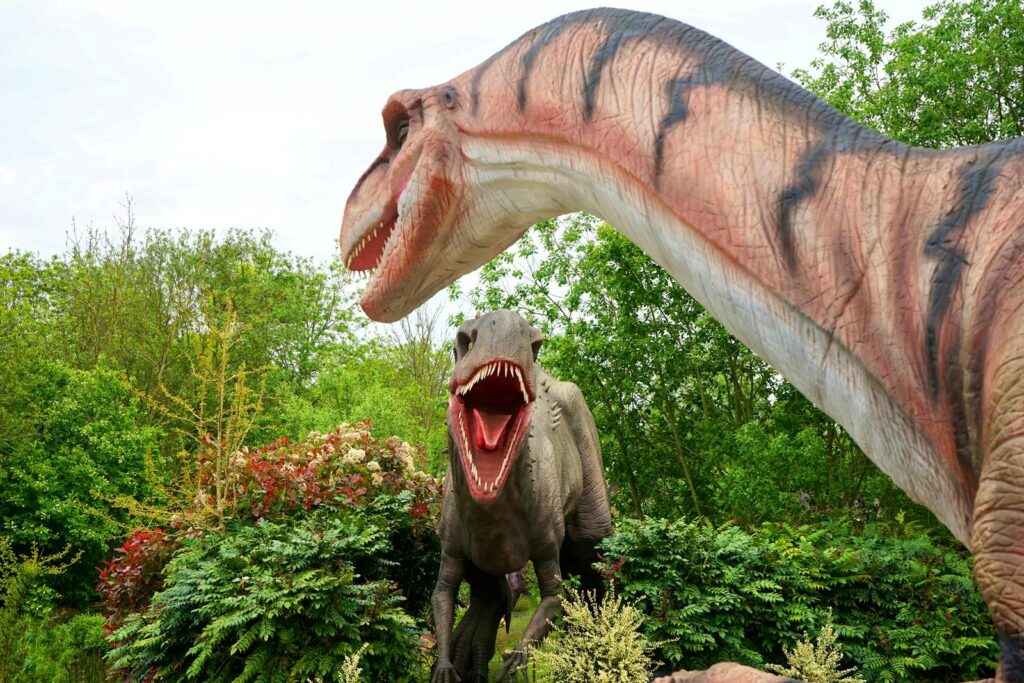
The Mesozoic Era presented environmental conditions particularly conducive to the evolution of gigantic dinosaurs. Atmospheric oxygen levels during parts of the Mesozoic may have been higher than today, potentially supporting larger body sizes by enhancing respiratory efficiency. Climate patterns during the Jurassic and Cretaceous periods featured extensive warm, humid environments that supported lush vegetation, providing the abundant plant resources necessary to sustain enormous herbivores. Additionally, the distribution of landmasses and the prevalence of insular environments may have contributed to gigantism through island effect processes, where isolated populations evolved distinct size characteristics. The abundance of conifer forests, ferns, and other high-growing vegetation would have favored the evolution of long necks in sauropods, creating selective pressure for increased overall size. These environmental factors collectively created conditions where the evolutionary pathways toward gigantism faced fewer constraints than in later eras.
Feeding Advantages of Large Size
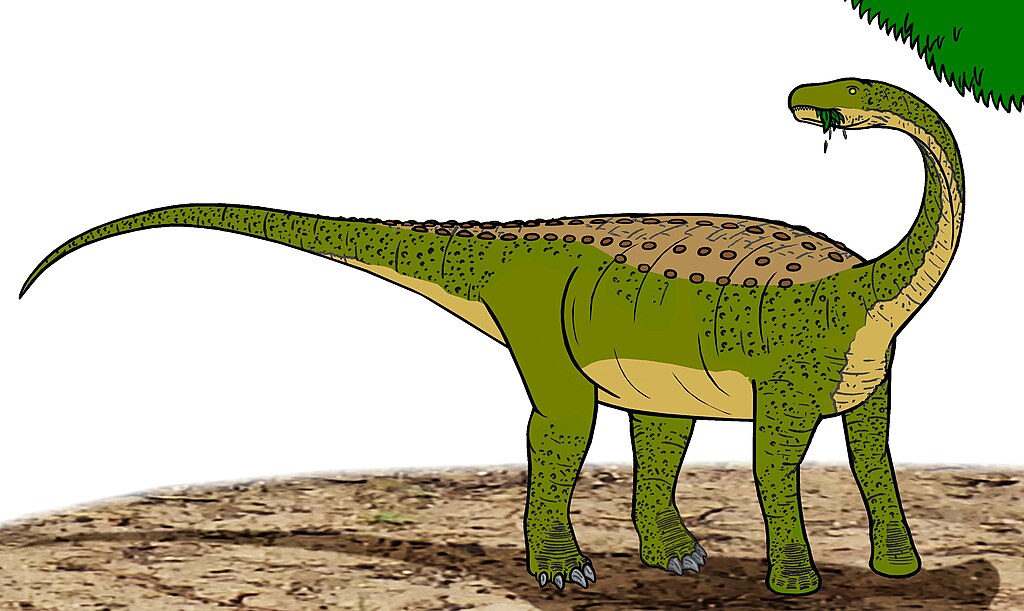
Gigantic proportions provided dinosaurs with significant feeding advantages that likely drove the evolution of increasingly larger species. For sauropods, their tremendous height allowed them to access food sources in the canopy level of forests that were inaccessible to smaller herbivores, effectively granting them exclusive access to vast quantities of vegetation. This feeding niche separation reduced competition with smaller herbivores and provided a reliable food source that could sustain their enormous appetites. Additionally, larger body size correlates with longer digestive tracts and slower food passage rates, potentially allowing giant dinosaurs to extract more nutrients from fibrous plant material through extended fermentation periods. Some studies suggest that sauropods may have spent up to 23 hours per day feeding to meet their caloric requirements, making feeding efficiency a crucial evolutionary pressure. The competitive advantage in acquiring and processing food would have created persistent selection for larger individuals, driving the trend toward extreme gigantism.
Growth Rates and Longevity
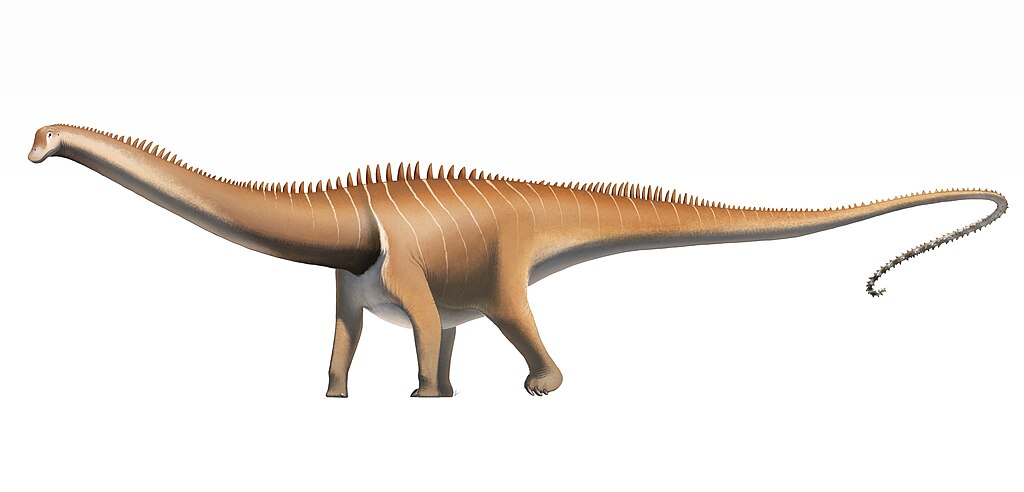
The path to gigantism required extraordinary growth rates that distinguished dinosaurs from other reptiles. Bone histology studies reveal that giant dinosaurs achieved their enormous sizes through growth rates far exceeding those of modern reptiles, growing at speeds more comparable to mammals despite reaching much larger final sizes. Sauropods likely experienced rapid growth during their juvenile years, potentially adding thousands of kilograms annually during peak growth phases. This accelerated development allowed them to reach sexual maturity and full size within a few decades rather than centuries, which would be the case if they grew at typical reptilian rates. Alongside rapid growth, evidence suggests that many giant dinosaur species enjoyed considerable longevity, potentially living for many decades once reaching adult size. This combination of rapid growth and extended lifespan created conditions where the benefits of gigantism could be realized within a single generation while being enjoyed for many years, making large size a particularly advantageous evolutionary strategy.
Comparative Analysis with Modern Giants

Comparing dinosaur gigantism with today’s largest animals provides valuable insights into the unique evolutionary pathways that enabled their enormous sizes. Modern blue whales, weighing up to 200 tons, exceed even the largest dinosaurs in mass, but their aquatic lifestyle fundamentally alters the biomechanical constraints they face. Water provides buoyancy that supports their weight, eliminating many of the structural challenges that terrestrial giants must overcome. Similarly, elephants, our largest land mammals, face biomechanical limitations that dinosaurs somehow circumvented. Elephants require thick, columnar limbs and spend considerable energy simply supporting their weight, while sauropods developed lightweight, pneumatic bones and more efficient weight distribution. The absence of truly giant land animals today suggests that the unique combination of biological adaptations and environmental conditions that enabled dinosaur gigantism represents a specialized evolutionary scenario that hasn’t been replicated in the age of mammals. This comparative perspective underscores just how extraordinary dinosaur gigantism truly was in evolutionary terms.
The Evolution of Long Necks
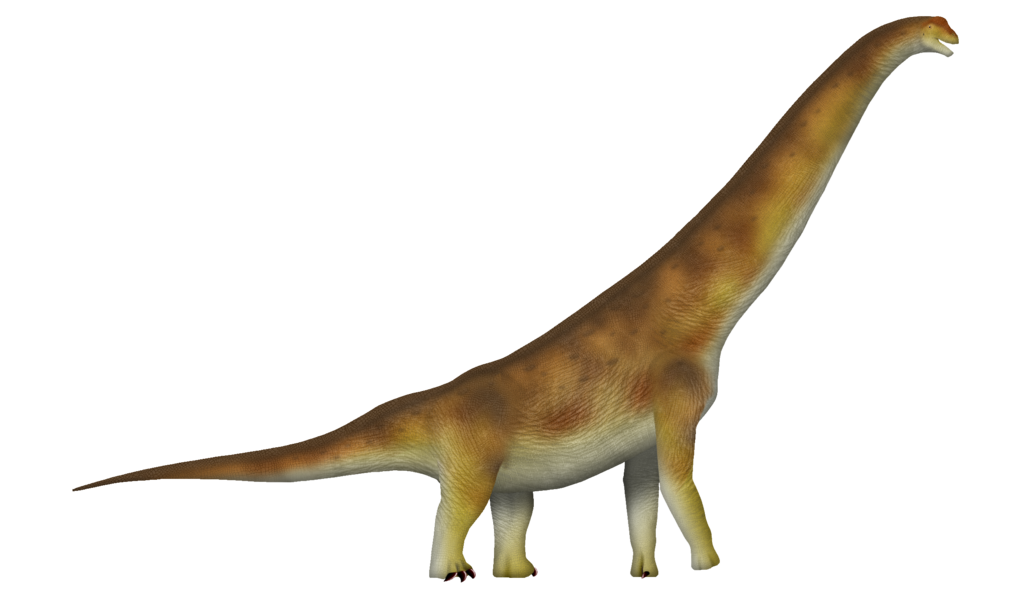
The iconic long necks of sauropods represent one of the most striking adaptations associated with dinosaur gigantism, and their evolution offers crucial insights into the selective pressures driving increased size. These extraordinary structures, sometimes exceeding 15 meters in length, evolved through vertebral modifications including elongation, pneumatization (air spaces within bones), and specialized articulation surfaces that maintained flexibility while providing structural support. The primary evolutionary advantage of such necks was likely feeding efficiency, allowing these giants to access vegetation across a wide vertical and horizontal range without moving their massive bodies. This feeding strategy would have significantly reduced energy expenditure compared to frequent whole-body locomotion. Additionally, longer necks may have served thermoregulatory functions by increasing surface area for heat dissipation, addressing one of the challenges of maintaining suitable body temperatures at extreme sizes. The gradual elongation of sauropod necks throughout their evolutionary history demonstrates the persistent selective advantages this feature provided, driving both neck length specifically and overall body size more generally.
Theoretical Size Limits

Despite their extraordinary dimensions, even the largest dinosaurs eventually encountered theoretical size limits imposed by biological and physical constraints. The square-cube law represents one fundamental limiting factor – as an animal’s size increases, its volume (and thus mass) grows proportionally to the cube of its linear dimensions, while the strength of its structural components increases only with the square. This mathematical relationship means that beyond certain size thresholds, bones and muscles cannot support additional weight without disproportionate increases in thickness. Circulatory challenges presented another limitation, as the heart needed to generate sufficient pressure to pump blood to the brain of tall sauropods, potentially requiring specialized adaptations like multiple auxiliary hearts or remarkably high blood pressure. Thermal regulation would have become increasingly challenging at extreme sizes, particularly for animals potentially maintaining elevated body temperatures. The fact that we observe an upper size limit even among the most enormous dinosaurs suggests they were approaching these theoretical constraints, testing the very limits of what terrestrial biology can achieve.
The End of the Giants
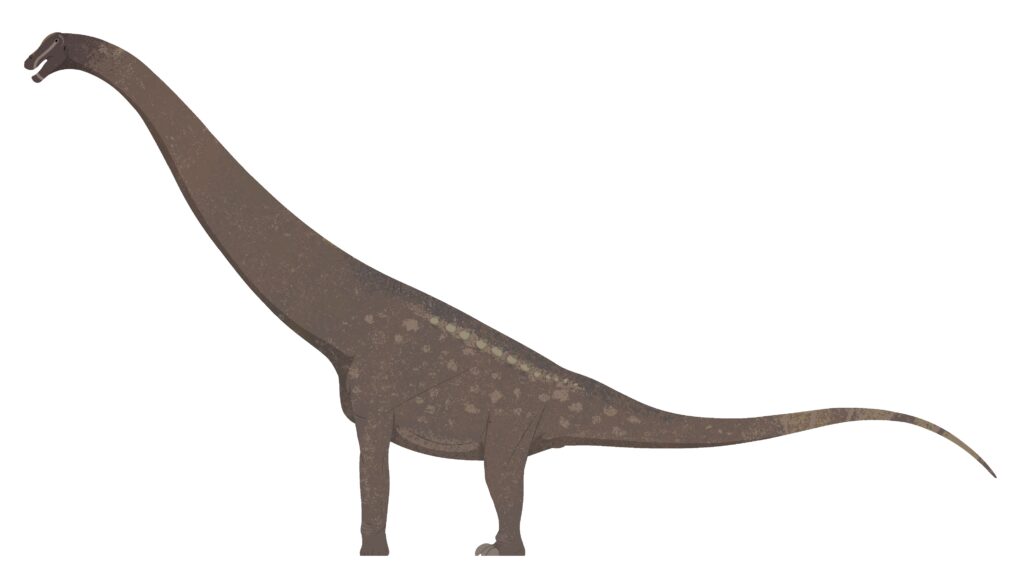
The extinction of the largest dinosaurs at the end of the Cretaceous period (approximately 66 million years ago) marked the conclusion of Earth’s experiment with extreme terrestrial gigantism. The Chicxulub asteroid impact and its aftermath created environmental conditions particularly challenging for the largest dinosaurs. Their enormous food requirements made them especially vulnerable to ecosystem disruption, as they would have needed constant access to vast quantities of vegetation to sustain their massive bodies. Their long maturation periods also represented a disadvantage during rapid environmental change, as populations couldn’t adapt quickly through generational turnover. Interestingly, the avian dinosaurs that survived the extinction event were all relatively small-bodied species, suggesting that smaller size conferred survival advantages during this catastrophic period. The post-extinction world saw mammals eventually becoming the dominant large land animals, but evolutionary and physiological factors have prevented mammals from reaching anything approaching sauropod dimensions. This evolutionary history suggests that dinosaur gigantism represented a specialized adaptation to particular Mesozoic conditions rather than an inevitable evolutionary direction.
Modern Scientific Approaches to Understanding Gigantism
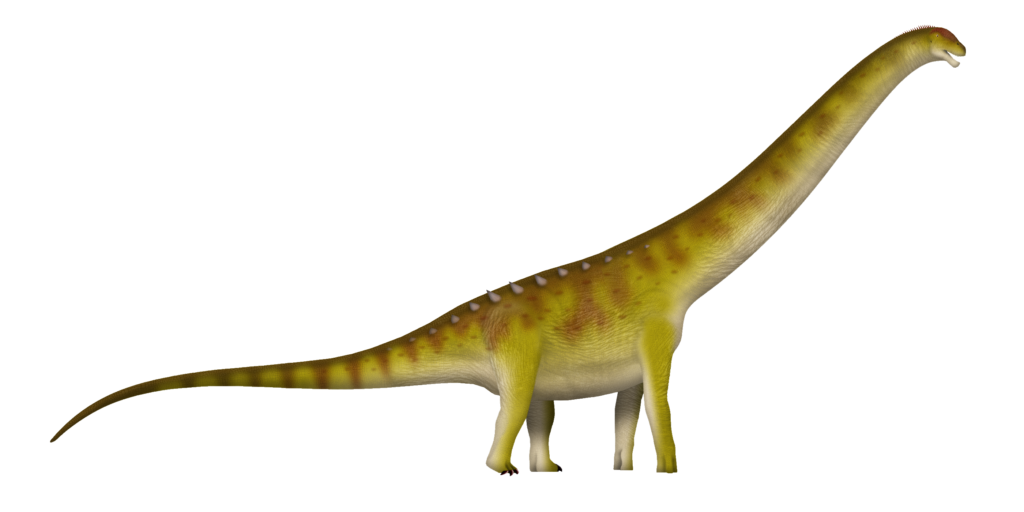
Contemporary research employs sophisticated techniques to unlock the mysteries of dinosaur gigantism. Biomechanical modeling using computer simulations allows scientists to test hypotheses about weight distribution, movement capabilities, and structural limits of giant dinosaurs. These models integrate data from comparative anatomy, materials science, and physics to reconstruct how these animals functioned at such enormous sizes. Bone histology studies examine the microscopic structure of fossil bones, revealing growth patterns, metabolic information, and life history details that illuminate how giants developed. Advanced imaging technologies like CT scanning permit non-destructive analysis of internal fossil structures, revealing pneumatic chambers and other adaptations that facilitated gigantism. Stable isotope analysis of fossil materials provides insights into dinosaur diets and metabolic processes, helping scientists understand how they obtained and utilized the massive energy inputs required for their size. These multidisciplinary approaches have revolutionized our understanding of dinosaur gigantism, transforming it from a subject of speculation to one of rigorous scientific investigation based on measurable evidence and testable hypotheses.
Conclusion: The Perfect Storm for Giants

The evolution of dinosaur gigantism represents one of the most remarkable chapters in Earth’s biological history. Rather than resulting from a single factor, dinosaur gigantism emerged from a perfect evolutionary storm – a unique combination of biological adaptations, environmental conditions, and selective pressures that collectively enabled and encouraged the development of land animals of unprecedented size. Their specialized respiratory systems, efficient metabolism, and lightweight skeletal structures created the biological foundation for gigantism, while environmental factors provided the resources needed to sustain such massive bodies. The evolutionary advantages of size–mm predator avoidance to feeding efficiency nd reproductive benefits, created persistent selective pressure favoring larger individuals. While these giants eventually disappeared, their existence demonstrates the extraordinary potential of evolutionary processes to produce specialized adaptations that push the very limits of biological possibility. As we continue to unravel the mysteries of dinosaur gigantism, we gain not only insights into these magnificent prehistoric creatures but also a deeper understanding of the fundamental principles governing the evolution of life on Earth.

